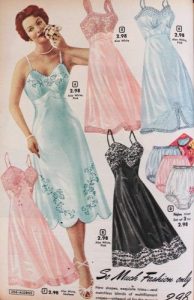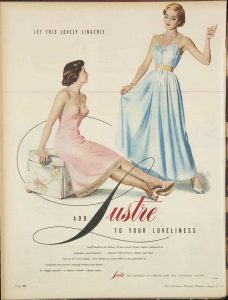We all know that the world was a very different place in the mid-century in many, many ways. I loved my childhood but there are many things I do not miss. For example, there were very many social justice issues yet to be addressed in this era. But one thing that I do miss is the prevailing sense that the world was a pretty safe place to go out and explore.
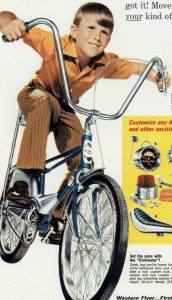 I grew up in a small village and my husband grew up in a large suburb of a very large city. Both of us remember being sent out to play for the day anytime after age 7 or 8 with a few sensible restrictions on what we could do outside. Independence was a big parental goal for children growing up in the 60’s and 70’s. We were taught safety rules, taught how to get help if needed and then were trusted not to get into any serious trouble. We were free to take our bikes and go visit friends or play in the woods or creeks nearby.
I grew up in a small village and my husband grew up in a large suburb of a very large city. Both of us remember being sent out to play for the day anytime after age 7 or 8 with a few sensible restrictions on what we could do outside. Independence was a big parental goal for children growing up in the 60’s and 70’s. We were taught safety rules, taught how to get help if needed and then were trusted not to get into any serious trouble. We were free to take our bikes and go visit friends or play in the woods or creeks nearby.
My husband was encouraged to learn how to ride the city bus, after his father took him a few times, into the heart of downtown around age 10. When we got hungry we would go home for lunch. Or we got invited for lunch at a friend’s house. And of course we always went home when the streetlights went on. Or when we heard our moms calling us in. I remember endless Saturdays and summer days going out all day playing with a group of kids, making new friends and exploring the neighbourhoods in my village. This was the original free range parenting.
I think that stay at home mid-century moms had a few reasons for sending us out to play for the day. (And I confess that I do not have children but I worked in education for my whole career and know a thing or two about children from that perspective.) One reason was likely that my mom got tired of us saying we were bored. We had two TV channels, papers and crayons and board games and so we got bored inside quickly. Another was that she had cleaning to do like washing and waxing the floor and didn’t want our footprints on it. Perhaps most importantly she believed that kids needed to have fresh air and lots of play to be healthy.
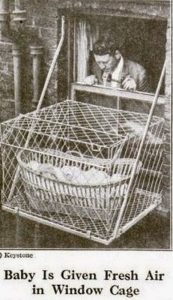 Both my husband and I have younger siblings who were not allowed the freedom that the “big kids” had like hopping on a bike and exploring. But even infants were thought to need fresh air, sunshine and exercise outside. A generation earlier women put their infants into a baby carriage for an outdoor nap and left them on the porch or sidewalk. Some even had a cage like device that attached to a window or balcony to put the baby in, again to get fresh air. I can’t imagine that happens much anymore.
Both my husband and I have younger siblings who were not allowed the freedom that the “big kids” had like hopping on a bike and exploring. But even infants were thought to need fresh air, sunshine and exercise outside. A generation earlier women put their infants into a baby carriage for an outdoor nap and left them on the porch or sidewalk. Some even had a cage like device that attached to a window or balcony to put the baby in, again to get fresh air. I can’t imagine that happens much anymore.
As an infant I was taken for a walk daily even on the coldest winter days. I am told that as a toddler I was bundled up for the weather and left to play by myself for a few minutes outside to “get fresh air”. We didn’t have a fenced yard so I was put into a harness and the end of the harness was clipped to the clothesline. Apparently I loved being able to toddle back and forth on the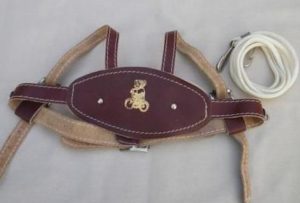 grass that grew thickest under the clothesline. I actually don’t remember this and don’t have any lifelong fear of clotheslines or anything. Harnesses could be seen while out shopping as it allowed children to walk around the store without getting lost or touching things they weren’t supposed to. They were even advertised as a good way to keep kids safe in the car. There were no seatbelts in the mid-century.
grass that grew thickest under the clothesline. I actually don’t remember this and don’t have any lifelong fear of clotheslines or anything. Harnesses could be seen while out shopping as it allowed children to walk around the store without getting lost or touching things they weren’t supposed to. They were even advertised as a good way to keep kids safe in the car. There were no seatbelts in the mid-century.
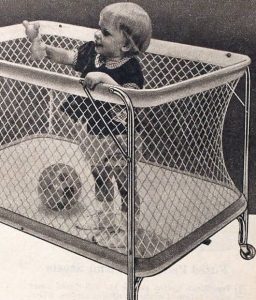 Another item that might be considered a parenting no-no today is a playpen. The earliest ones were much like a wooden crib but close to the floor. Later ones had a plastic netting that babies couldn’t get their heads through. My mother had a playpen for both me and my brother. She said it allowed her to put us in with a blankie and a pile of toys and leave us to play happily for a while so she could make lunch or wash the floors. (I remember the floor needing a lot of thorough washing and waxing.) We weren’t left for hours, just a few minutes. I remember my brother was a real Houdini who soon learned to crawl over the sides of the crib and playpen. I don’t think mom used the playpen outside. There was always the harness clipped to the clothesline for outside fresh air.
Another item that might be considered a parenting no-no today is a playpen. The earliest ones were much like a wooden crib but close to the floor. Later ones had a plastic netting that babies couldn’t get their heads through. My mother had a playpen for both me and my brother. She said it allowed her to put us in with a blankie and a pile of toys and leave us to play happily for a while so she could make lunch or wash the floors. (I remember the floor needing a lot of thorough washing and waxing.) We weren’t left for hours, just a few minutes. I remember my brother was a real Houdini who soon learned to crawl over the sides of the crib and playpen. I don’t think mom used the playpen outside. There was always the harness clipped to the clothesline for outside fresh air.
I still find it odd to be walking in my neighbourhood on a beautiful Saturday or summer day and not hear the sound of bikes racing down the street or children playing tag in a backyard. I still see moms with infants in strollers taking a walk around the block most days. But except for the time right before and after school it is very rare to hear children’s voices. And it is even rarer to see them playing outside in my little subdivision. I understand the feeling behind keeping kids safely inside but I think that is something we should envy about the mid-century.
What do you think about harnesses and playpens? Good ways to keep kids safe or terribly mean child restraints?
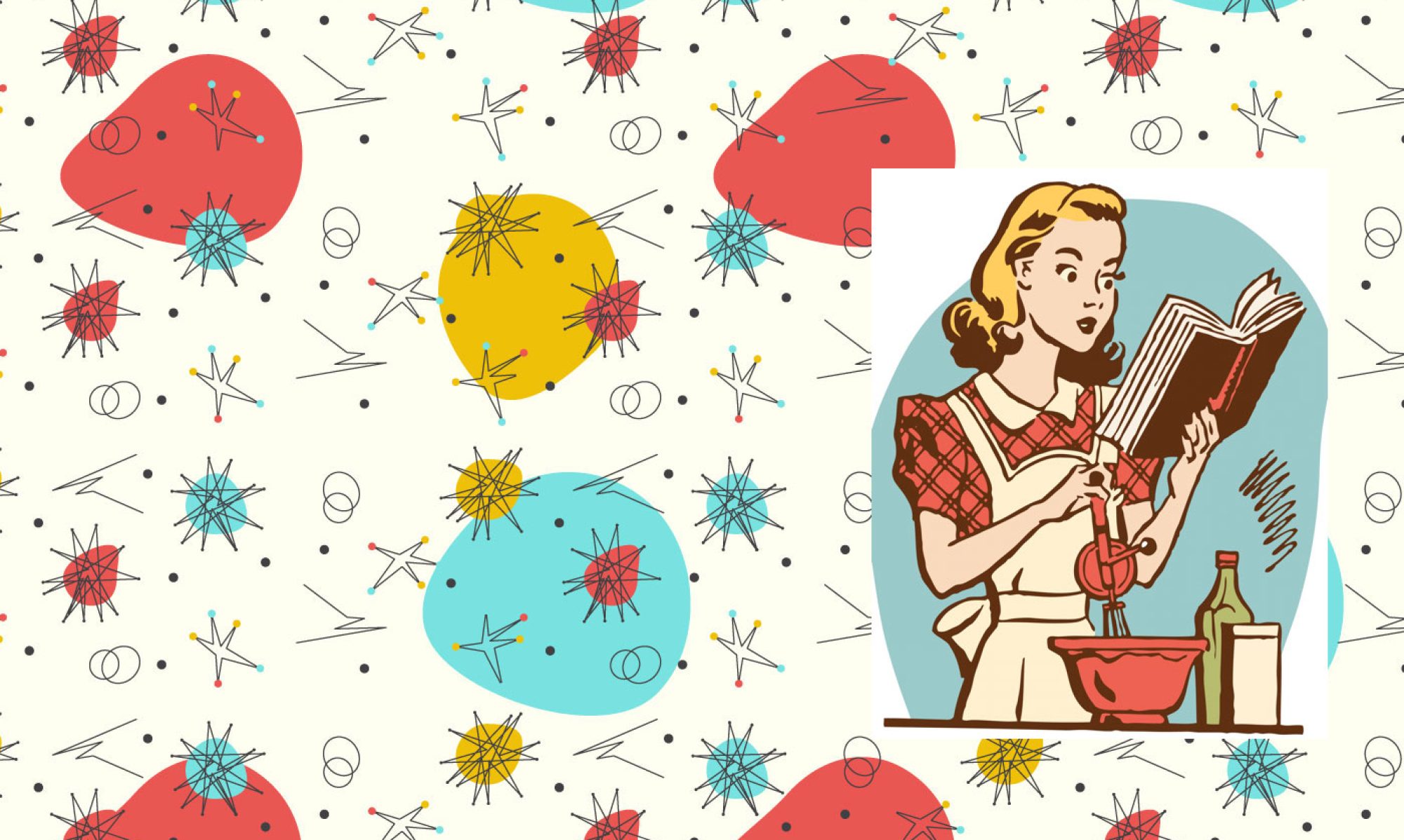
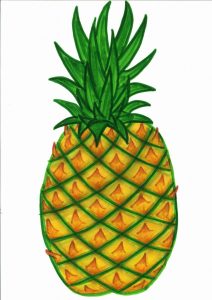 As you look in mid-century cookbooks you see a lot of pineapple recipes. Why was it such a ubiquitous ingredient? Pineapple is identified with Hawaii now but originated in South America. The enzymes in pineapple were once thought to restore digestion and so was hoped to be used as a tonic for the sick. While it is actually high in vitamins particularly C and B vitamins and has lots of fibre, and its enzymes might help gut health it didn’t turn out to be a wonder food in the end. However, that didn’t stop it from becoming a very popular fruit.
As you look in mid-century cookbooks you see a lot of pineapple recipes. Why was it such a ubiquitous ingredient? Pineapple is identified with Hawaii now but originated in South America. The enzymes in pineapple were once thought to restore digestion and so was hoped to be used as a tonic for the sick. While it is actually high in vitamins particularly C and B vitamins and has lots of fibre, and its enzymes might help gut health it didn’t turn out to be a wonder food in the end. However, that didn’t stop it from becoming a very popular fruit. Pineapple Upside-Down Cake From Scratch
Pineapple Upside-Down Cake From Scratch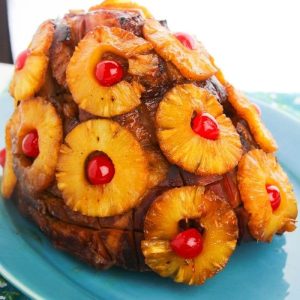 Pineapple covered ham was a true crowd-pleaser at any Sunday dinner mid-century. There are a number of different variations out there but a common one, and one my mother liked used cloves, pineapple rings and sometimes maraschino cherries. It is remarkably easy to make.
Pineapple covered ham was a true crowd-pleaser at any Sunday dinner mid-century. There are a number of different variations out there but a common one, and one my mother liked used cloves, pineapple rings and sometimes maraschino cherries. It is remarkably easy to make. Here is another pineapple recipe a kind of light fluffy dessert sometimes called ambrosia, I believe, that I remember from childhood too, this particular recipe is from 1968.
Here is another pineapple recipe a kind of light fluffy dessert sometimes called ambrosia, I believe, that I remember from childhood too, this particular recipe is from 1968.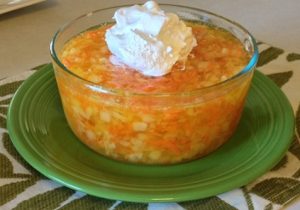
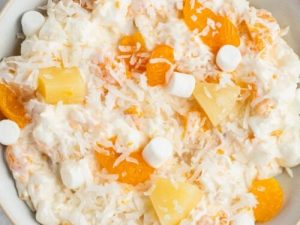
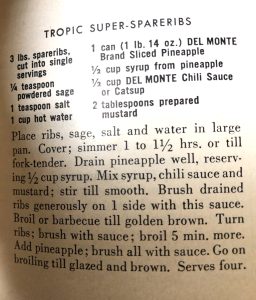
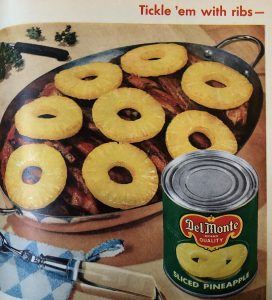
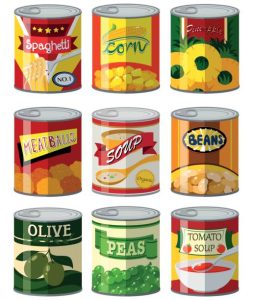
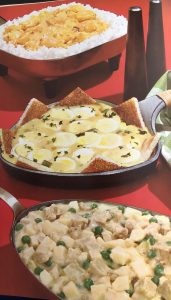 soup in cooking cuts your workload. It offers suggestions on making sauces, casseroles, stews and meat dishes. They also show pairings, mixing two cans of soup to make a new soup flavour such as chicken and rice with cream of
soup in cooking cuts your workload. It offers suggestions on making sauces, casseroles, stews and meat dishes. They also show pairings, mixing two cans of soup to make a new soup flavour such as chicken and rice with cream of 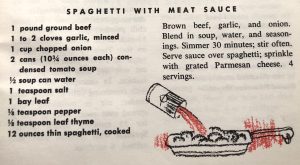
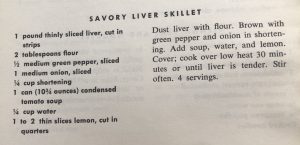

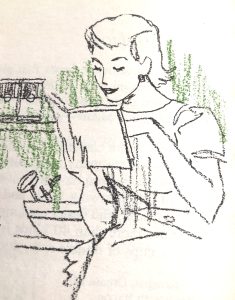
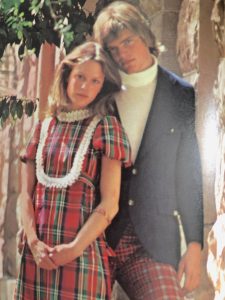 fashion they have
fashion they have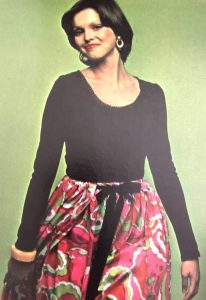 also kept a lot of the chapter topics, text and line drawings that were so helpful in the 1943 edition. One big difference in the two books is the dominance of stretch knit fabric. An exciting new concept in sewing at the time. I remember my mother’s delight as a lifelong sewist at finding the synthetic stretchy fabric she called Crimpoline at the end of the sixties because it was easy to sew and wash. I still have a bag to hold camping things made from old Crimpoline curtains. The stuff never wears out, but it might rot one day, I will see.
also kept a lot of the chapter topics, text and line drawings that were so helpful in the 1943 edition. One big difference in the two books is the dominance of stretch knit fabric. An exciting new concept in sewing at the time. I remember my mother’s delight as a lifelong sewist at finding the synthetic stretchy fabric she called Crimpoline at the end of the sixties because it was easy to sew and wash. I still have a bag to hold camping things made from old Crimpoline curtains. The stuff never wears out, but it might rot one day, I will see. 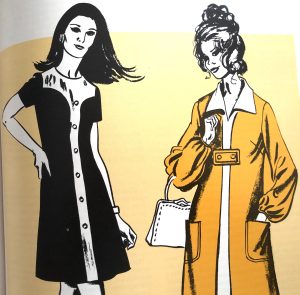 The chapters have mostly remained the same with updated photos,
The chapters have mostly remained the same with updated photos, 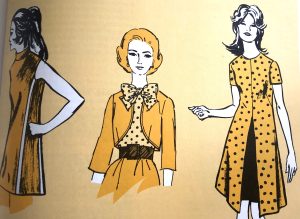 The restyling clothing chapter had a few new ideas such as taking a too short or too tight dress and shortening it into a tunic or adding a gore to the middle of a too tight dress. I looked to see what colour basics they suggested for the 1972 wardrobe but didn’t find it any mention of styles and colours in this edition.
The restyling clothing chapter had a few new ideas such as taking a too short or too tight dress and shortening it into a tunic or adding a gore to the middle of a too tight dress. I looked to see what colour basics they suggested for the 1972 wardrobe but didn’t find it any mention of styles and colours in this edition. 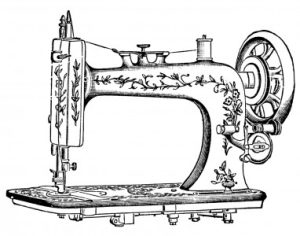 cupboard. One was a book designed to help the young woman of 1943 get started sewing her wardrobe and other items for her home. It is called ,
cupboard. One was a book designed to help the young woman of 1943 get started sewing her wardrobe and other items for her home. It is called , 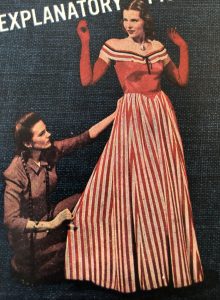
 you look at a new fashion item and ask yourself if it is your style and if it is flattering on you. Clothes need to last a long time and need to be
you look at a new fashion item and ask yourself if it is your style and if it is flattering on you. Clothes need to last a long time and need to be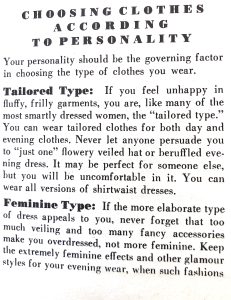
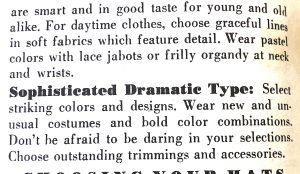
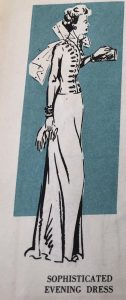
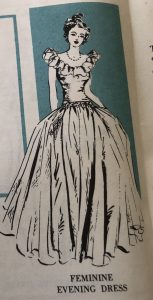
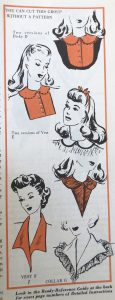 Other pieces like dickeys, blouse
Other pieces like dickeys, blouse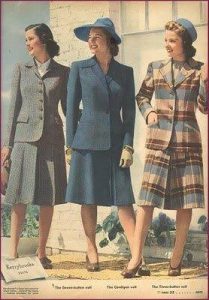 or tweed for suits and cotton and nylon for lingerie are best. Work clothes and aprons could be made from heavy cotton twill, denim or corduroy. The time of year the item will be worn is important too with woollen suiting for fall and winter and linen and seersucker for spring and summer. When choosing sewing patterns they reminded women to think about designs that are easy to adapt and change up and are styles that you will want to make over and over once you have tailored the pattern to be a perfect fit. Embroidery, applique, trims, buttons and closures can add style to a dress or suit. They also explain how scarves, bows, vests and dickeys can change the look of your suits and dresses.
or tweed for suits and cotton and nylon for lingerie are best. Work clothes and aprons could be made from heavy cotton twill, denim or corduroy. The time of year the item will be worn is important too with woollen suiting for fall and winter and linen and seersucker for spring and summer. When choosing sewing patterns they reminded women to think about designs that are easy to adapt and change up and are styles that you will want to make over and over once you have tailored the pattern to be a perfect fit. Embroidery, applique, trims, buttons and closures can add style to a dress or suit. They also explain how scarves, bows, vests and dickeys can change the look of your suits and dresses. 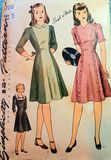 If your dress is too tight you can add a panel of a different fabric in the front, add matching sleeves and pockets or a ruffle at the bottom to make a coordinated look. This trick also was used to make ordinary dresses into maternity outfits. In another book I saw a similar idea about making girls dresses bigger and longer by adding new panels as the girls outgrew them but the dress fabric was not worn out. Clever ideas.
If your dress is too tight you can add a panel of a different fabric in the front, add matching sleeves and pockets or a ruffle at the bottom to make a coordinated look. This trick also was used to make ordinary dresses into maternity outfits. In another book I saw a similar idea about making girls dresses bigger and longer by adding new panels as the girls outgrew them but the dress fabric was not worn out. Clever ideas. 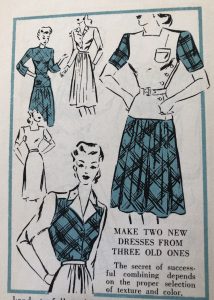
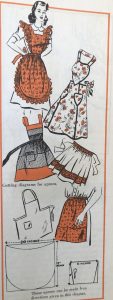
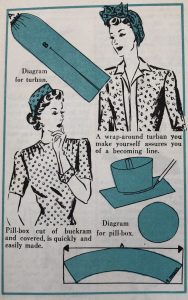
 When I was a kid my mom often invited women over for coffee or tea during the day. This was a way to get together with other women while still watching the children. It was fun to have other kids to play with and because mom was preoccupied with her visitor, we often got away with more shenanigans than normal. And there were special snacks that we got to eat if we left the grown-ups alone. I distinctly remember coffee cake with brown sugar crumble on top and made from scratch tarts and cookies.
When I was a kid my mom often invited women over for coffee or tea during the day. This was a way to get together with other women while still watching the children. It was fun to have other kids to play with and because mom was preoccupied with her visitor, we often got away with more shenanigans than normal. And there were special snacks that we got to eat if we left the grown-ups alone. I distinctly remember coffee cake with brown sugar crumble on top and made from scratch tarts and cookies.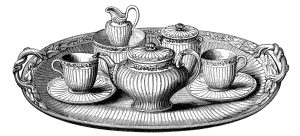
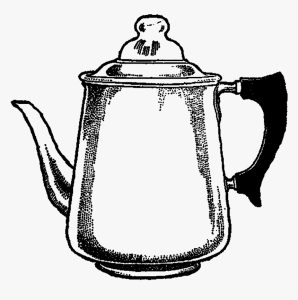
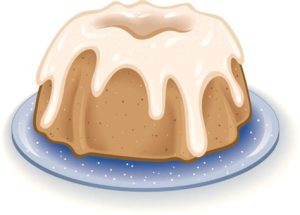
 Note: This is a long post because there is so much to say about mid-century cleaning. I didn’t cover more than a fraction of it so I will come back to the topic again soon.
Note: This is a long post because there is so much to say about mid-century cleaning. I didn’t cover more than a fraction of it so I will come back to the topic again soon.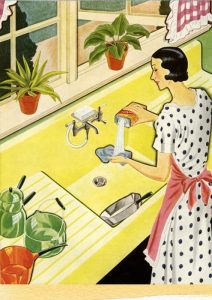 Around the same time, in our abundant spare time, my husband and I started going to used bookstores, antique markets and thrift stores. They were treasure troves of nostalgia and good tried and true advice. I started collecting old cookbooks from the mid-century era. Then I started collecting books about homemaking in the same years. I teased that I wanted to be a 1950’s housewife when I grew up. In reading about mid-century homemaking I soon realized that I could learn a thing or two from the mid-century housewives. After all, as stay at home housewives they were “professional homemakers”. They were also highly motivated to find ways and share ways to save money and time. Cleanliness, efficiency and frugality were very valued traits. Just read a mid-century magazine
Around the same time, in our abundant spare time, my husband and I started going to used bookstores, antique markets and thrift stores. They were treasure troves of nostalgia and good tried and true advice. I started collecting old cookbooks from the mid-century era. Then I started collecting books about homemaking in the same years. I teased that I wanted to be a 1950’s housewife when I grew up. In reading about mid-century homemaking I soon realized that I could learn a thing or two from the mid-century housewives. After all, as stay at home housewives they were “professional homemakers”. They were also highly motivated to find ways and share ways to save money and time. Cleanliness, efficiency and frugality were very valued traits. Just read a mid-century magazine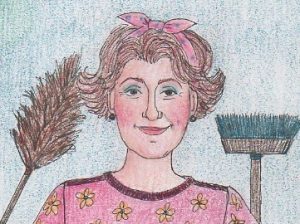 There were many, many books written to help the housewife with her homemaking skills. These books give advice on creating a pretty, organized, clean and efficient home. There is a lot of talk about being new, modern and scientific in your approach to making a house into a home. One of the things that strikes me as I read these books is the praise for new man made chemicals, that just feels wrong now. Plastics and vinyls are pushed as a housewife’s friend because when made into furniture, curtains, tablecloths, wallpaper or clothing they are said to be beautiful, sanitary and hard wearing, and therefore economical. No discussion about fabrics breaking down in the landfill or off gassing in the home. There is an exuberance about using new chemicals to solve household problems that makes me shiver. I am not even going to list their advice about using DDT, benzine, turpentine, carbon tetrachloride, gasoline, chloroform, or ether around the house.
There were many, many books written to help the housewife with her homemaking skills. These books give advice on creating a pretty, organized, clean and efficient home. There is a lot of talk about being new, modern and scientific in your approach to making a house into a home. One of the things that strikes me as I read these books is the praise for new man made chemicals, that just feels wrong now. Plastics and vinyls are pushed as a housewife’s friend because when made into furniture, curtains, tablecloths, wallpaper or clothing they are said to be beautiful, sanitary and hard wearing, and therefore economical. No discussion about fabrics breaking down in the landfill or off gassing in the home. There is an exuberance about using new chemicals to solve household problems that makes me shiver. I am not even going to list their advice about using DDT, benzine, turpentine, carbon tetrachloride, gasoline, chloroform, or ether around the house.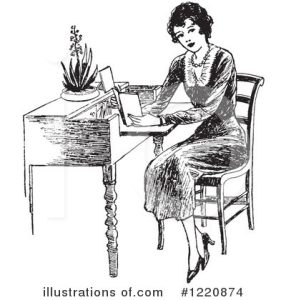 organized cleaning closet and that you regularly sit down and go over your cleaning checklist. You want to make sure the house is clean but you should not be exhausting yourself with “back breaking labour”. The recommendation is to have an easy daily and weekly chore list with a bigger list of deep cleaning chores for the fall and spring.
organized cleaning closet and that you regularly sit down and go over your cleaning checklist. You want to make sure the house is clean but you should not be exhausting yourself with “back breaking labour”. The recommendation is to have an easy daily and weekly chore list with a bigger list of deep cleaning chores for the fall and spring.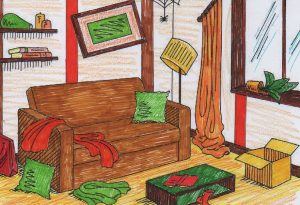
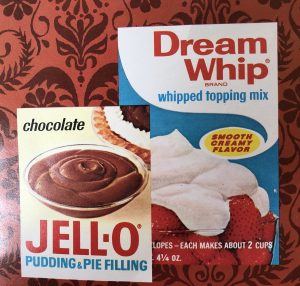
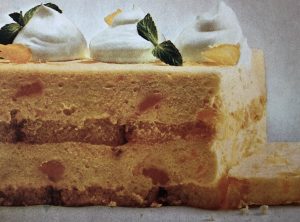
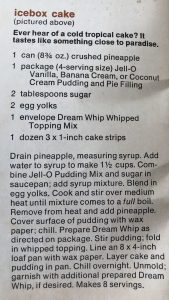
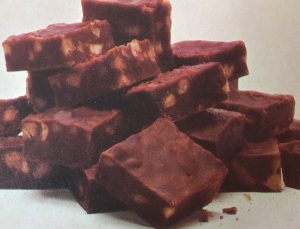
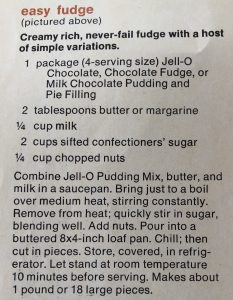
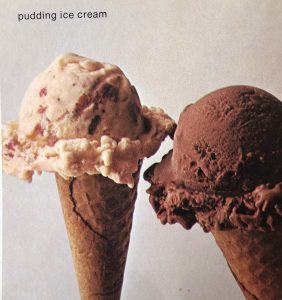
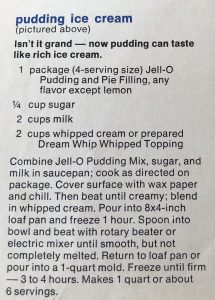
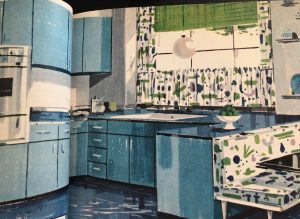

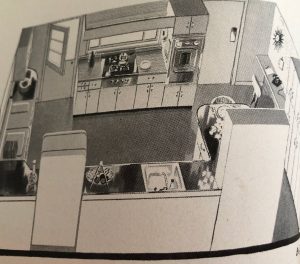
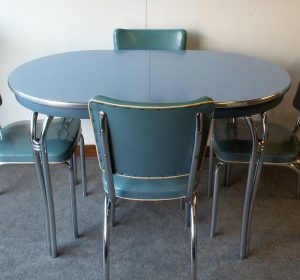
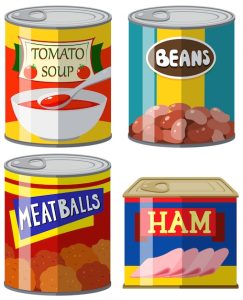 One of the themes of vintage magazines and cookbooks is that life as a mid-century housewife is busy and any convenience that can be found should be taken full advantage of. Using canned food was lauded as a way to save valuable time ( no cleaning and chopping and cooking) and equally as important, money. In the years before everyone had freezers and microwaves canned foods were the “fast food ” of the era.
One of the themes of vintage magazines and cookbooks is that life as a mid-century housewife is busy and any convenience that can be found should be taken full advantage of. Using canned food was lauded as a way to save valuable time ( no cleaning and chopping and cooking) and equally as important, money. In the years before everyone had freezers and microwaves canned foods were the “fast food ” of the era.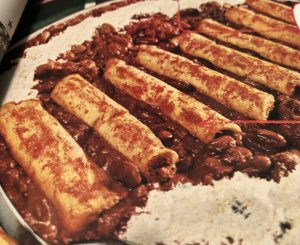 On another platter is a “chili casserole ” made with canned chili and canned tamales. You mix a can of chili and a can of kidney beans and spread on the bottom of the casserole. Top with tamales and bake at 375 for 25 minutes. Sprinkle parmesan on top. That was a novel recipe to me. Do they make canned tamales these days?
On another platter is a “chili casserole ” made with canned chili and canned tamales. You mix a can of chili and a can of kidney beans and spread on the bottom of the casserole. Top with tamales and bake at 375 for 25 minutes. Sprinkle parmesan on top. That was a novel recipe to me. Do they make canned tamales these days?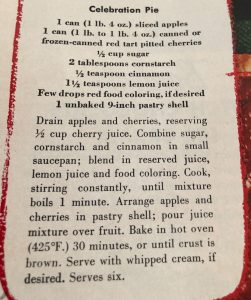 The last item on the photo spread is a “celebration pie”. Again it is made from only canned goods and a pre-made pie shell.
The last item on the photo spread is a “celebration pie”. Again it is made from only canned goods and a pre-made pie shell.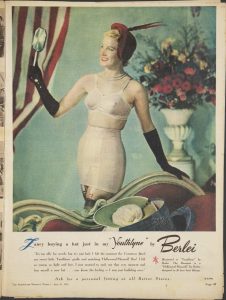 By mid-century most women were wearing bras that we recognize as bras, if somewhat pointier and sturdier looking. They also wore panties and girdles, or panty girdles, and stockings everyday. Life was very much more formal and perhaps more uncomfortable then.
By mid-century most women were wearing bras that we recognize as bras, if somewhat pointier and sturdier looking. They also wore panties and girdles, or panty girdles, and stockings everyday. Life was very much more formal and perhaps more uncomfortable then.